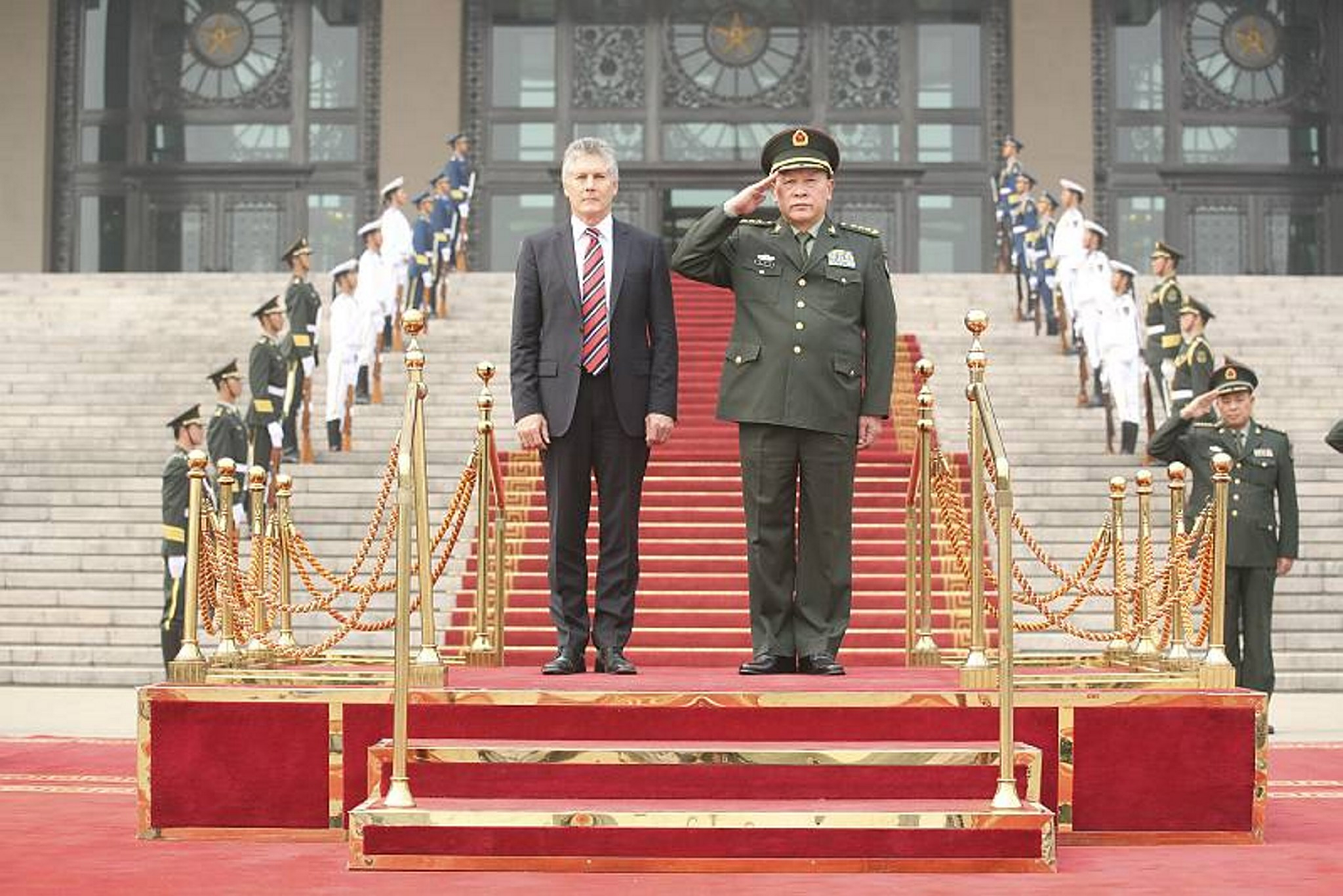Reader response: Singapore’s relations with the US and China
Jason Lim responds to Tim Huxley’s post on Singapore–US relations:
The relationship between China, the United States and Singapore is a complex one. Singapore has always seen itself as an ally of the United States since the days of the Cold War. In the 1960s and 1970s, with Singapore combating what it saw as the twin evils of communism and Chinese chauvinism, China was regarded as a major proponent for the destabilising of non-communist Asian regimes. Even after China launched its ‘reform and opening up’ policy in 1982, the official policy in Singapore has been to monitor the progress of Chinese economic reforms while maintaining a diplomatic distance from it. Passports issued by the Ministry of Home Affairs in Singapore list China as one of the countries the passport holder is not expected to visit unless permission has been given by the Singapore government.
Singapore still pursues a policy of ‘non-alignment’, with China replacing the position of the Soviet Union. Singapore recognises the economic and military value of having the United States as an ally but it does not place China in the same position. Singapore has taken a soft approach towards China, training its political leaders, provincial officials and civil servants in financial management and public administration. It is hoped that this approach will cement Sino-Singapore ties. Singapore has always maintained a position that it does not pursue any position that will be detrimental to the interests of Southeast Asia, chiefly its neighbours Malaysia and Indonesia. Singapore established diplomatic ties with China only in 1991, after Indonesia and Malaysia had done so. The recent dispute in the South China Sea between China and some Southeast Asian nations (Malaysia, Brunei, Philippines and Vietnam) has revealed that Singapore’s position has not radically changed with the rise of China. Just last week, Emeritus Senior Minister Goh Chok Tong said, ‘Whether we like it or not, after the 45th AMM [ASEAN Ministerial Meeting in July 2012], the South China Sea will remain a test case of ASEAN’s ability to forge consensus on difficult problems and act in the region’s broader interests’. China is seen to be a potential threat, even if the Singapore government does not explicitly say so.
Jason Lim is a lecturer in Asian history at the University of Wollongong.


